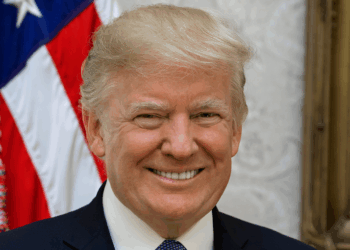Make mine a cup of praseodymium with a terbium or two on the side, please. Make it snappy!
Beautiful blue cobalt, a ferromagnetic metal with atomic number 27, is inside your smartphone, too. Presently, almost all of it comes from the African nations of the Democratic Republic of the Congo (DRC) and neighboring Zambia. Mining it in those countries is controversial because of the use of child labor, environmental concerns, and effects on human health and local wildlife. Increasingly, smartphone manufacturers are turning to recycling cobalt and finding new sources that produce it in safe and sustainable ways.
Experts in Dozens of Fields
It took me seconds to type the phrase you just read, “finding new sources that produce it in safe and sustainable ways,” but like everything else about a smartphone, it’s far easier said than done. Countless people are involved, including explorers, deal makers, permit issuers, scientists, physiologists, environmental experts, engineers, etc., etc.
From our discussion so far, we can see that smartphone production is incredibly decentralized. Raw material sources span multiple countries and continents. Professional expertise is drawn from all over the world. Machines necessary for the process are the result of countless bits of knowledge learned, applied, and improved across generations. Who is the puppet master who coordinates all of this? Do you know his name?
Of course, you don’t. Because there is no such entity. This stunningly complex coordination occurs every hour of every day neither by mandate nor by random chance. It happens because the marketplace of the world, something we all take for granted, is guiding human action—rationally, purposely, and efficiently. To what do I refer? Prices!
The Government Can’t Do Things
In the old Soviet Union, where the central government attempted to plan and control the economy, prices were usually set by decree, and they changed only by decree. They were arbitrary, fixed often by officials who knew little to nothing about the stuff whose prices they were fixing. “A toss of the dice will determine the price” is about as “scientific” as it got. The result? Shortages of this, surpluses of that. Empty store shelves, except for piles of shoddy, unwanted merchandise. We know from decades of painful experience that Soviet price fixers could only pretend to know what they were doing. They were like a disabled ship, at sea without a rudder and with sails full of holes.
Prices in free markets, unlike those in government-planned pretend markets (which aren’t real markets at all), are a delicate, information-laden, and interconnected system. They move with changing conditions of supply and demand, both real and expected. They perform two functions indispensable to a functioning economy: They allocate scarce resources, and they direct production.




![Hegseth Demands Fitness Requirements, Says 'Fat Troops' 'Not Who We Are' [WATCH]](https://teamredvictory.com/wp-content/uploads/2025/09/Hegseth-Demands-Fitness-Requirements-Says-Fat-Troops-Not-Who-We-350x250.jpg)






